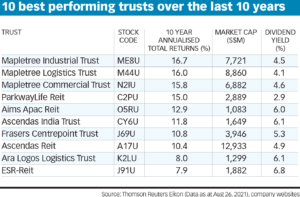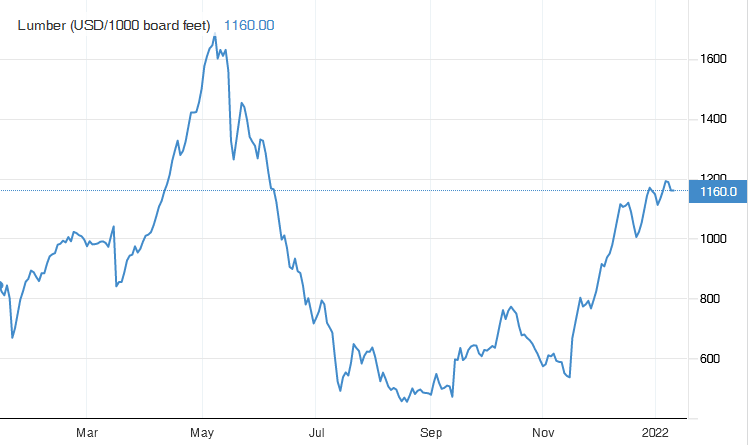
You may be wondering how to succeed forex trading. Many traders fail because they have not yet learned how to lose. Emotions can overwhelm logic after a loss. You can avoid this by controlling your emotions. Successful traders will not allow emotions to dictate their decisions. These are the most common mistakes that traders make. Learn from these mistakes and you'll be well on your way to success in the Forex market.
Strategies
The most successful traders depend on one or more strategies that are relevant to their market. A trading strategy is an arrangement of conditions that defines when to enter or exit the market. Good strategies will allow you to evaluate trading opportunities objectively. Even though past performance may not be indicative of future results it will provide a benchmark from which you can measure the profitability and viability of your strategy. A profitable trading strategy should be profitable in the market you are trading in. It should also give you a solid foundation to trade success.

How to develop a trading strategy
You must develop a trading strategy if you want to succeed in Forex trading. There are many options available and you can choose which one best suits your needs. There is no single strategy that will work for everyone. When choosing a trading system, take into account your personality, your time and the level of risk you are willing or unable to bear. Here are some great ways to make Forex trading profitable.
Using a regulated broker
A regulated broker will provide you with the latest information on currency trading and will be able protect your investments from any mishaps. Regulated brokers need to be licensed by a credible regulatory agency. They must also provide adequate customer support. You can check the website to see if a broker is licensed. You can also look up a broker's company information and licensing status from the regulator's website.
Sticking to a plan
To be successful at forex trading, you need to develop a trading program and adhere to it. While it may sound like common sense, many traders fail to realize the importance of this strategy. First, make sure you have a plan that is tailored to your particular needs. You must keep your plan in mind, even when times are tough. You must also be patient in order to see your plan through.

Managing risk
Success in forex trading depends on your ability to manage risk. If you manage your trades well, you can minimize the chance of losing your money and increase your chances for survival and maximising profits. Management of risk involves knowing your risk tolerance and setting it. A limit to your risk is vital for trading success. This amount should be clearly identified before you start trading. If you reach it, you should stop trading.
FAQ
Is stock a security that can be traded?
Stock can be used to invest in company shares. You do this through a brokerage company that purchases stocks and bonds.
You could also choose to invest in individual stocks or mutual funds. In fact, there are more than 50,000 mutual fund options out there.
The key difference between these methods is how you make money. With direct investment, you earn income from dividends paid by the company, while with stock trading, you actually trade stocks or bonds in order to profit.
Both cases mean that you are buying ownership of a company or business. But, you can become a shareholder by purchasing a portion of a company. This allows you to receive dividends according to how much the company makes.
Stock trading is a way to make money. You can either short-sell (borrow) stock shares and hope the price drops below what you paid, or you could hold the shares and hope the value rises.
There are three types stock trades: put, call and exchange-traded funds. Call and put options give you the right to buy or sell a particular stock at a set price within a specified time period. ETFs, which track a collection of stocks, are very similar to mutual funds.
Stock trading is very popular as it allows investors to take part in the company's growth without being involved with day-to-day operations.
Stock trading can be a difficult job that requires extensive planning and study. However, it can bring you great returns if done well. You will need to know the basics of accounting, finance, and economics if you want to follow this career path.
What is the difference in the stock and securities markets?
The whole set of companies that trade shares on an exchange is called the securities market. This includes stocks, options, futures, and other financial instruments. Stock markets are usually divided into two categories: primary and secondary. Large exchanges like the NYSE (New York Stock Exchange), or NASDAQ (National Association of Securities Dealers Automated Quotations), are primary stock markets. Secondary stock markets let investors trade privately and are smaller than the NYSE (New York Stock Exchange). These include OTC Bulletin Board, Pink Sheets and Nasdaq SmallCap market.
Stock markets are important for their ability to allow individuals to purchase and sell shares of businesses. The value of shares depends on their price. When a company goes public, it issues new shares to the general public. Dividends are received by investors who purchase newly issued shares. Dividends can be described as payments made by corporations to shareholders.
In addition to providing a place for buyers and sellers, stock markets also serve as a tool for corporate governance. The boards of directors overseeing management are elected by shareholders. Boards make sure managers follow ethical business practices. In the event that a board fails to carry out this function, government may intervene and replace the board.
What is an REIT?
An REIT (real estate investment trust) is an entity that has income-producing properties, such as apartments, shopping centers, office building, hotels, and industrial parks. These are publicly traded companies that pay dividends instead of corporate taxes to shareholders.
They are similar to a corporation, except that they only own property rather than manufacturing goods.
Statistics
- Ratchet down that 10% if you don't yet have a healthy emergency fund and 10% to 15% of your income funneled into a retirement savings account. (nerdwallet.com)
- Our focus on Main Street investors reflects the fact that American households own $38 trillion worth of equities, more than 59 percent of the U.S. equity market either directly or indirectly through mutual funds, retirement accounts, and other investments. (sec.gov)
- "If all of your money's in one stock, you could potentially lose 50% of it overnight," Moore says. (nerdwallet.com)
- Even if you find talent for trading stocks, allocating more than 10% of your portfolio to an individual stock can expose your savings to too much volatility. (nerdwallet.com)
External Links
How To
How to Open a Trading Account
The first step is to open a brokerage account. There are many brokers that provide different services. There are some that charge fees, while others don't. Etrade, TD Ameritrade Fidelity Schwab Scottrade Interactive Brokers are some of the most popular brokerages.
After you have opened an account, choose the type of account that you wish to open. Choose one of the following options:
-
Individual Retirement Accounts, IRAs
-
Roth Individual Retirement Accounts
-
401(k)s
-
403(b)s
-
SIMPLE IRAs
-
SEP IRAs
-
SIMPLE 401(k)s
Each option has its own benefits. IRA accounts have tax advantages but require more paperwork than other options. Roth IRAs are a way for investors to deduct their contributions from their taxable income. However they cannot be used as a source or funds for withdrawals. SIMPLE IRAs have SEP IRAs. However, they can also be funded by employer matching dollars. SIMPLE IRAs are very simple and easy to set up. They allow employees and employers to contribute pretax dollars, as well as receive matching contributions.
Finally, determine how much capital you would like to invest. This is your initial deposit. Most brokers will give you a range of deposits based on your desired return. For example, you may be offered $5,000-$10,000 depending on your desired rate of return. The conservative end of the range is more risky, while the riskier end is more prudent.
After you've decided which type of account you want you will need to choose how much money to invest. Each broker has minimum amounts that you must invest. These minimums vary between brokers, so check with each one to determine their minimums.
After deciding the type of account and the amount of money you want to invest, you must select a broker. Before choosing a broker, you should consider these factors:
-
Fees-Ensure that fees are transparent and reasonable. Many brokers will offer rebates or free trades as a way to hide their fees. However, some brokers charge more for your first trade. Do not fall for any broker who promises extra fees.
-
Customer service: Look out for customer service representatives with knowledge about the product and who can answer questions quickly.
-
Security - Choose a broker that provides security features such as multi-signature technology and two-factor authentication.
-
Mobile apps - Check if the broker offers mobile apps that let you access your portfolio anywhere via your smartphone.
-
Social media presence – Find out if your broker is active on social media. If they don't, then it might be time to move on.
-
Technology – Does the broker use cutting edge technology? Is the trading platform simple to use? Are there any issues with the system?
Once you have decided on a broker, it is time to open an account. Some brokers offer free trials. Others charge a small amount to get started. Once you sign up, confirm your email address, telephone number, and password. Next, you'll need to confirm your email address, phone number, and password. You'll need to provide proof of identity to verify your identity.
After your verification, you will receive emails from the new brokerage firm. It's important to read these emails carefully because they contain important information about your account. For instance, you'll learn which assets you can buy and sell, the types of transactions available, and the fees associated. You should also keep track of any special promotions sent out by your broker. These could include referral bonuses, contests, or even free trades!
Next, you will need to open an account online. Opening an account online is normally done via a third-party website, such as TradeStation. Both of these websites are great for beginners. When you open an account, you will usually need to provide your full address, telephone number, email address, as well as other information. After you submit this information, you will receive an activation code. You can use this code to log on to your account, and complete the process.
After opening an account, it's time to invest!